Content Menu
● Understanding Period Swimwear
● Pre-Wash Care
● Washing Your Period Swimwear
>> 1. Hand Washing (Recommended Method)
>> 2. Machine Washing (If Necessary):
● Drying Your Period Swimwear
● Frequency of Washing
● Storage Tips
● Extending the Life of Your Period Swimwear
● Troubleshooting Common Issues
● Environmental Considerations
● Conclusion
Period swimwear has revolutionized the way people with menstrual cycles enjoy water activities. These innovative garments provide comfort, confidence, and leak protection, allowing individuals to swim and participate in water sports without worry. However, to maintain the effectiveness and longevity of period swimwear, proper care and cleaning are essential. This comprehensive guide will walk you through the best practices for washing and maintaining your period swimwear, ensuring that it remains fresh, hygienic, and functional for many uses to come.
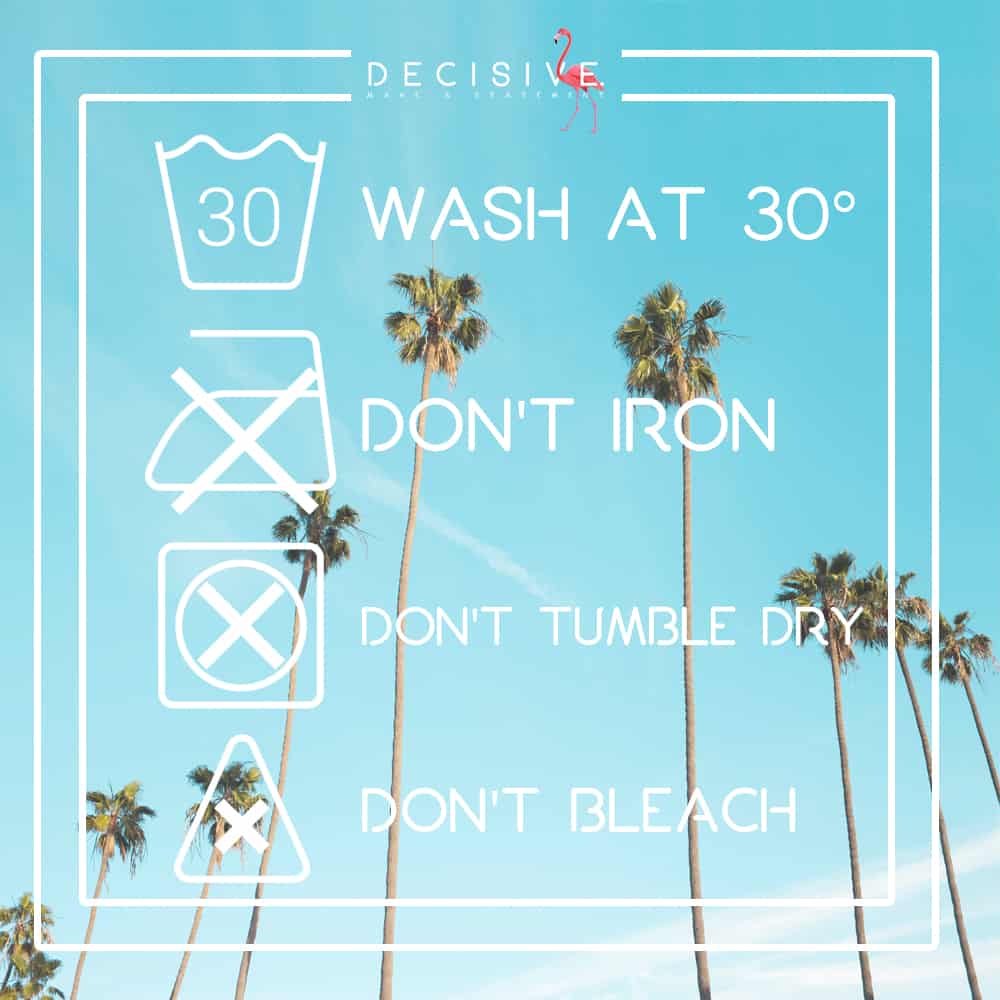
Understanding Period Swimwear
Before diving into the cleaning process, it's important to understand what makes period swimwear unique. These specialized garments are designed with multiple layers of fabric, including a moisture-wicking inner layer, an absorbent middle layer, and a leak-proof outer layer. This construction allows the swimwear to absorb menstrual flow while preventing leaks, all while looking and feeling like regular swimwear.
The materials used in period swimwear are carefully chosen for their absorbency, quick-drying properties, and ability to withstand frequent washing. Common fabrics include nylon, spandex, and specially treated polyester blends. The absorbent layer often contains bamboo, cotton, or other natural fibers known for their moisture-wicking capabilities.

Pre-Wash Care
Proper care for your period swimwear begins immediately after use. Following these initial steps will help maintain the integrity of the fabric and prevent stains from setting:
1. Rinse Immediately: As soon as you're done swimming or wearing your period swimwear, rinse it thoroughly with cold water. This step is crucial as it helps remove chlorine, salt water, or any other potentially harmful substances that could damage the fabric over time.
2. Gently Squeeze: After rinsing, gently squeeze the excess water from the swimwear. Avoid wringing or twisting the fabric, as this can damage the fibers and affect the garment's shape and functionality.
3. Avoid Heat: Never expose your period swimwear to direct heat sources like radiators or sunlight for drying. Heat can break down the elastic fibers and compromise the leak-proof layer.
4. Pre-Treat Stains: If you notice any stubborn stains, gently dab them with cold water and a mild soap. Avoid using harsh chemicals or bleach, as these can damage the fabric and reduce its absorbency.
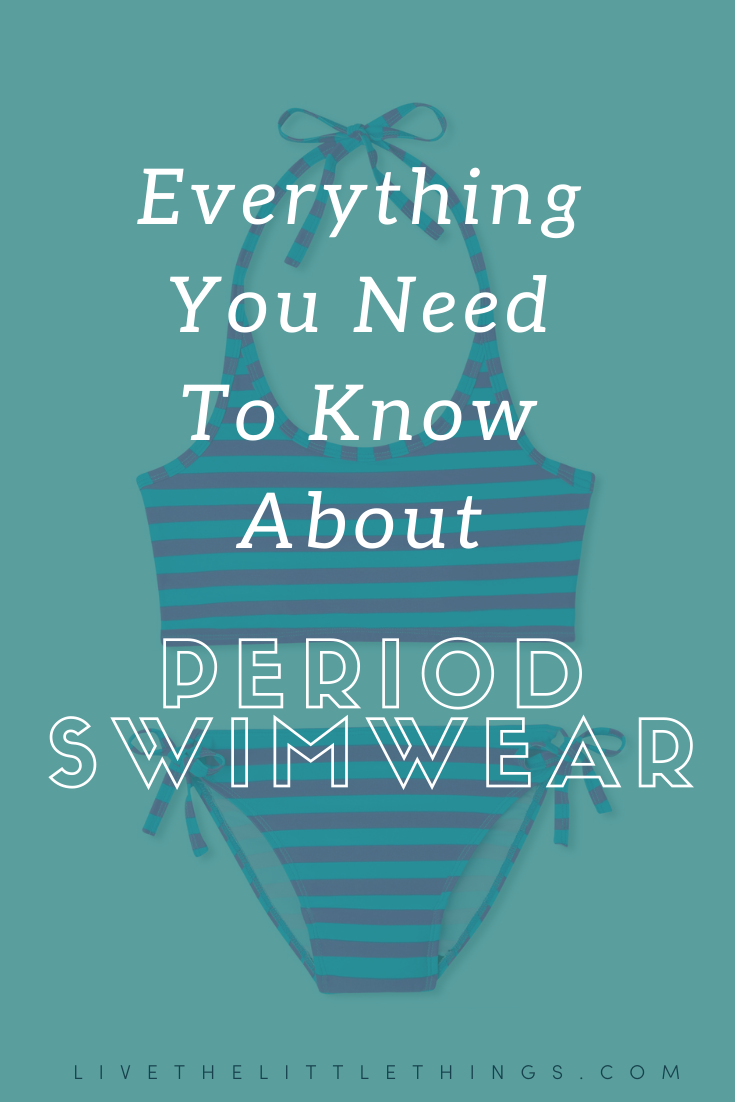
Washing Your Period Swimwear
Now that you've completed the pre-wash care, it's time to properly clean your period swimwear. Follow these steps for the best results:
1. Hand Washing (Recommended Method)
Hand washing is the gentlest and most effective way to clean your period swimwear. Here's how to do it:
◆ Fill a sink or basin with cold water.
◆ Add a small amount of mild, unscented detergent. Avoid using fabric softeners, as they can leave a residue that affects the swimwear's absorbency.
◆ Submerge the swimwear and gently agitate the water to distribute the detergent.
◆ Let the garment soak for 15-20 minutes.
◆ Gently knead the fabric to remove any dirt or residue.
◆ Rinse thoroughly with cold water until the water runs clear and all soap is removed.
◆ Gently squeeze out excess water without twisting or wringing the fabric.
2. Machine Washing (If Necessary):
While hand washing is preferred, machine washing can be done if you're short on time. Follow these guidelines:
◆ Use a mesh laundry bag to protect the swimwear from excessive agitation.
◆ Select the delicate or gentle cycle on your washing machine.
◆ Use cold water only.
◆ Add a small amount of mild, unscented detergent.
◆ Avoid using fabric softeners or bleach.
◆ If possible, wash your period swimwear separately from other clothes to prevent any potential transfer of bacteria.
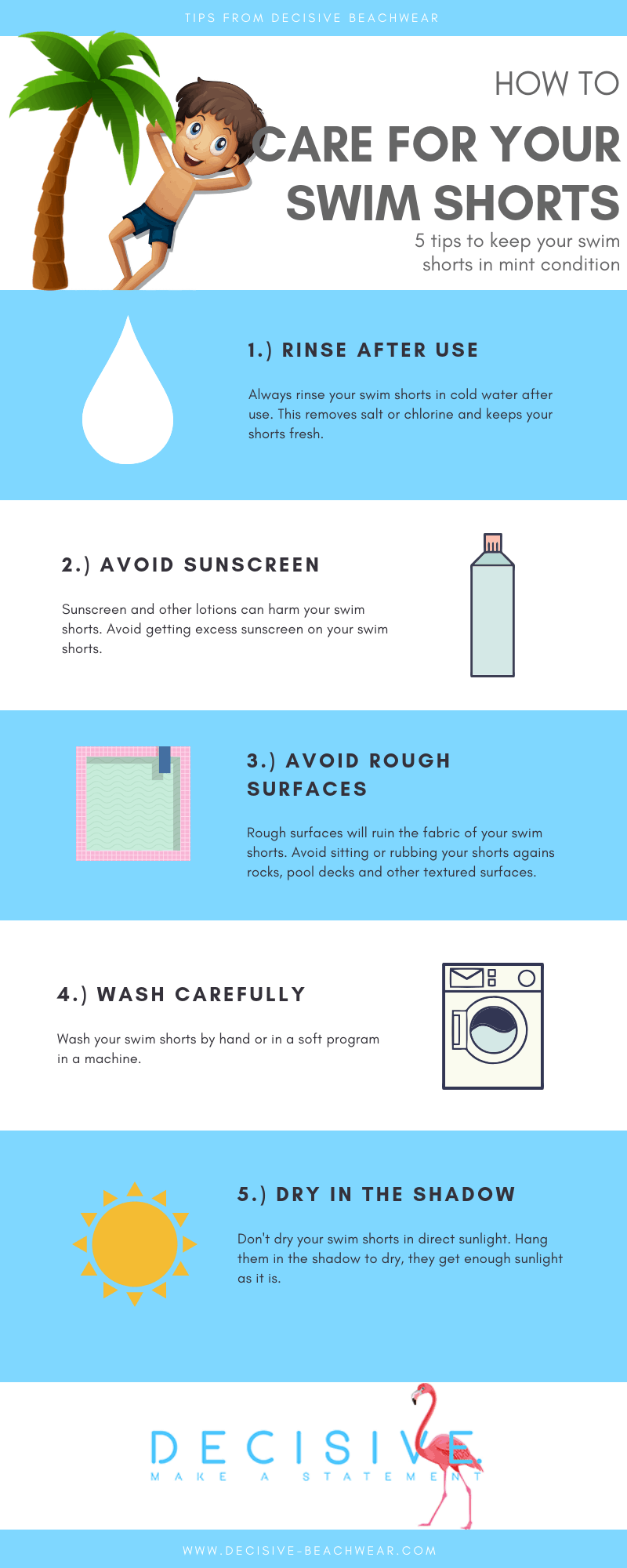
Drying Your Period Swimwear
Proper drying is just as important as washing when it comes to maintaining your period swimwear. Follow these tips for best results:
1. Air Drying: This is the recommended method for drying your period swimwear.
◆ Gently reshape the swimwear if needed.
◆ Lay the garment flat on a clean, dry towel.
◆ Roll the towel with the swimwear inside to absorb excess moisture.
◆ Unroll and hang the swimwear to air dry in a well-ventilated area away from direct sunlight or heat sources.
◆ Avoid hanging by the straps, as this can cause stretching and misshaping.
2. Avoid Heat: Never use a dryer, as the heat can damage the fabric and compromise the leak-proof layer. Similarly, avoid ironing your period swimwear.
3. Ensure Complete Drying: Make sure your swimwear is completely dry before storing it to prevent the growth of bacteria or mildew.
Frequency of Washing
The frequency of washing your period swimwear depends on how often you use it and the intensity of your flow. However, here are some general guidelines:
1. During your period: Rinse your swimwear after each use and wash it thoroughly at least once a day.
2. After your period: Give your swimwear a thorough wash before storing it away.
3. Regular maintenance: Even when not in use, it's a good idea to wash your period swimwear every few months to keep it fresh and ready for use.
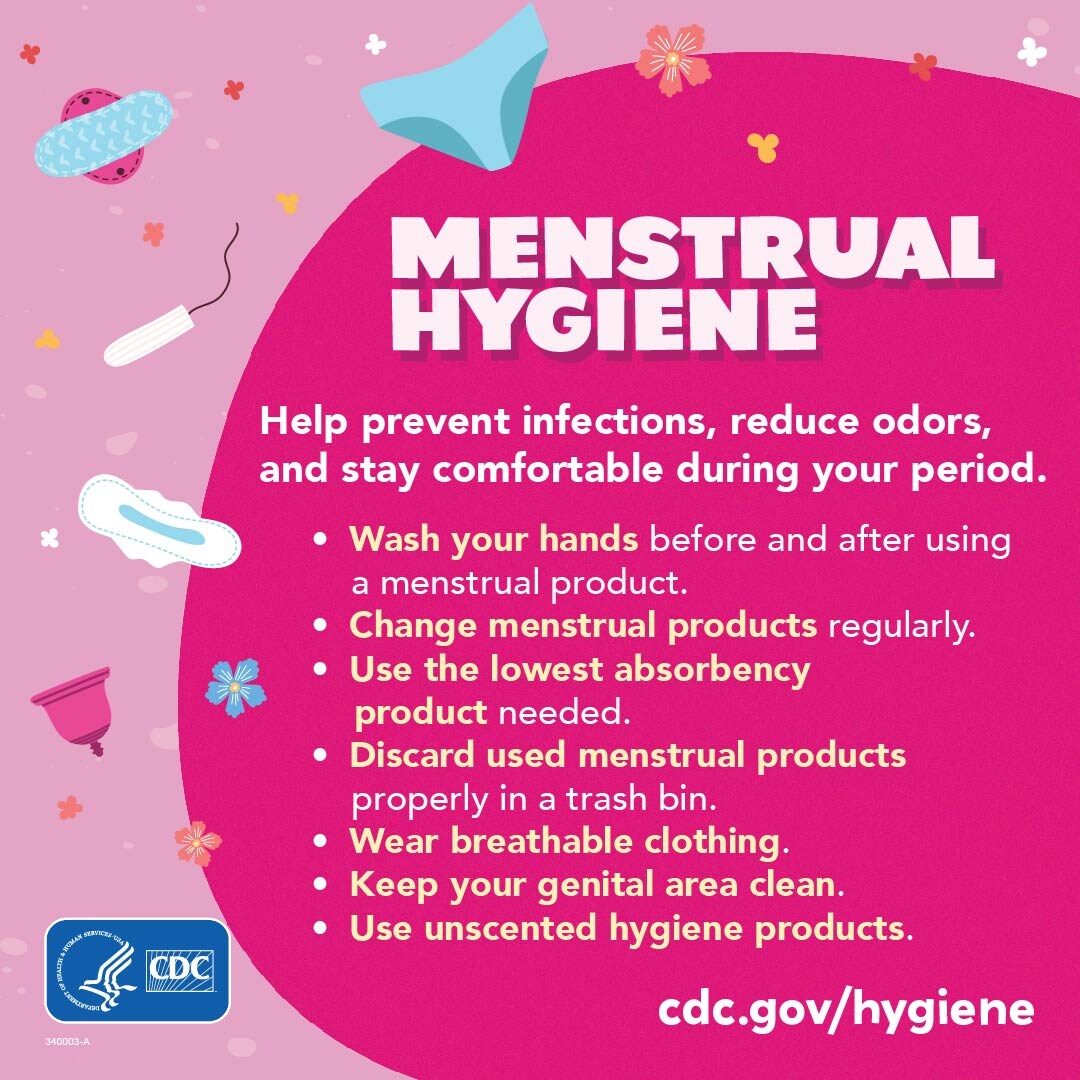
Storage Tips
Proper storage is crucial for maintaining the quality and hygiene of your period swimwear:
1. Ensure Complete Dryness: Never store your swimwear while it's still damp, as this can lead to mold and mildew growth.
2. Avoid Plastic Bags: Store your period swimwear in a breathable fabric bag or drawer to allow air circulation.
3. Separate from Regular Swimwear: Keep your period swimwear separate from your regular swimwear to avoid any potential transfer of bacteria.
4. Flat Storage: If possible, store your swimwear flat to maintain its shape and prevent stretching.
Extending the Life of Your Period Swimwear
To get the most out of your period swimwear investment, consider these additional tips:
1. Rotate Multiple Pairs: If possible, have multiple pairs of period swimwear and rotate their use. This allows each pair to fully dry between uses and reduces wear and tear on individual garments.
2. Avoid Rough Surfaces: Be cautious when sitting on rough surfaces like pool edges or rocks, as these can cause pilling or damage to the fabric.
3. Rinse Before and After Swimming: A quick rinse before entering the water can help your swimwear absorb less pool chemicals or saltwater. Rinsing after swimming removes these potentially harmful substances promptly.
4. Use Sunscreen Wisely: Apply sunscreen and allow it to fully absorb into your skin before putting on your period swimwear. Sunscreen can sometimes stain or damage the fabric if applied directly to the swimwear.
5. Handle with Care: Always handle your period swimwear gently, avoiding any unnecessary stretching or pulling, especially when wet.
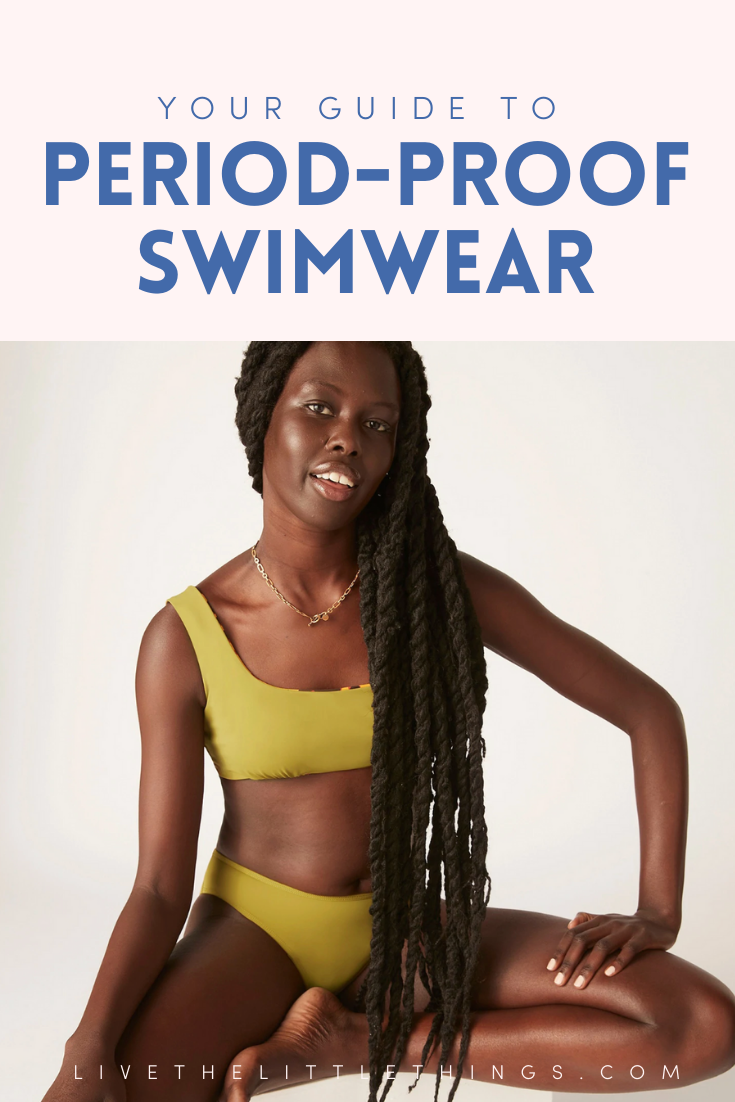
Troubleshooting Common Issues
Even with proper care, you may encounter some issues with your period swimwear. Here's how to address them:
1. Odor: If you notice any lingering odors, try soaking the swimwear in a mixture of cold water and white vinegar (1:4 ratio) for 30 minutes before washing as usual. The vinegar helps neutralize odors without damaging the fabric.
2. Stains: For stubborn stains, create a paste using baking soda and cold water. Gently apply the paste to the stain, let it sit for 30 minutes, then rinse and wash as usual. Avoid using hot water, as it can set the stain.
3. Loss of Absorbency: If you notice a decrease in absorbency, it may be due to buildup from body oils or sunscreen. Try washing your swimwear with a sports detergent designed to remove these residues.
4. Pilling: If you notice small balls of fabric forming on the surface of your swimwear, gently remove them with a fabric shaver or by hand. To prevent future pilling, avoid sitting on rough surfaces and be gentle when washing.
5. Stretched Out Elastic: If the elastic in your period swimwear becomes loose, it may be time to replace the garment. Proper care can extend the life of the elastic, but eventually, it will wear out with use.
Environmental Considerations
One of the significant benefits of period swimwear is its positive environmental impact compared to disposable menstrual products. By properly caring for your period swimwear, you're not only extending its lifespan but also contributing to waste reduction. Here are some eco-friendly tips to consider:
1. Use Eco-Friendly Detergents: Choose biodegradable, phosphate-free detergents to minimize environmental impact.
2. Conserve Water: When hand washing, use only as much water as necessary. If machine washing, try to wash full loads to maximize water efficiency.
3. Air Dry: By air drying your swimwear instead of using a dryer, you're saving energy and reducing your carbon footprint.
4. Repair When Possible: If your period swimwear develops a small tear or loose seam, consider repairing it instead of replacing it immediately. This can significantly extend the life of the garment.
Conclusion
Proper care and maintenance of your period swimwear are essential for ensuring its longevity, effectiveness, and hygiene. By following these guidelines for washing, drying, and storing your period swimwear, you can enjoy worry-free water activities during your menstrual cycle for many seasons to come. Remember, each brand of period swimwear may have slightly different care instructions, so always check the label for specific guidance. With the right care, your period swimwear will continue to provide comfort, confidence, and protection, allowing you to fully enjoy your time in the water, regardless of where you are in your menstrual cycle.
Investing time in properly caring for your period swimwear not only protects your investment but also ensures that you can rely on these innovative garments when you need them most. By incorporating these care techniques into your routine, you'll be able to maintain the integrity of your period swimwear, keeping it fresh, functional, and ready for your next aquatic adventure. So go ahead, dive in, and enjoy the freedom and peace of mind that well-maintained period swimwear provides!





































































